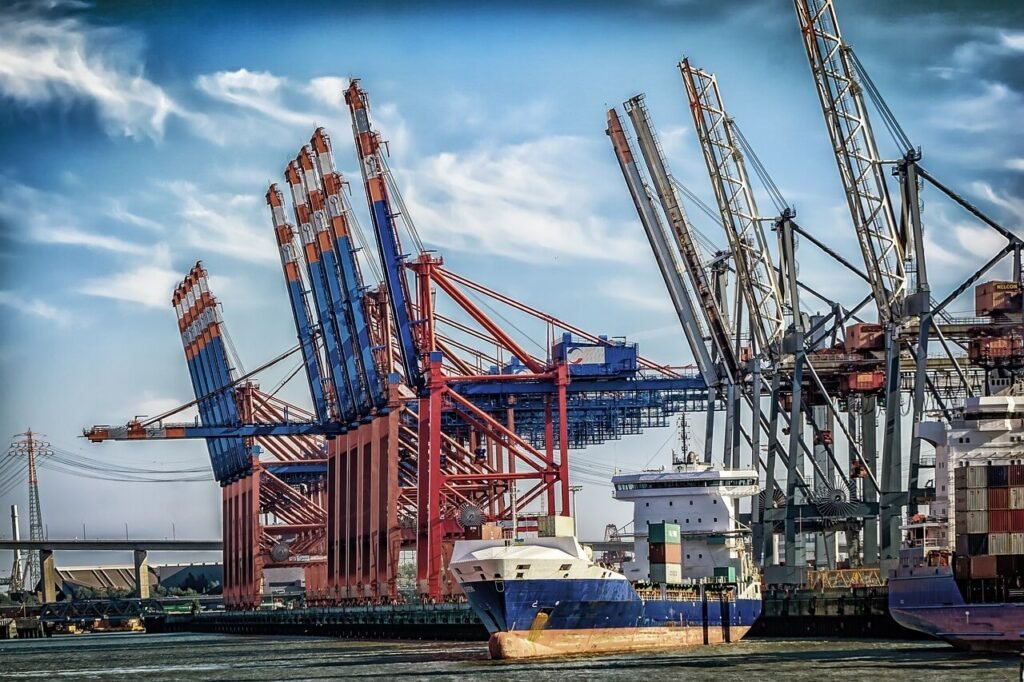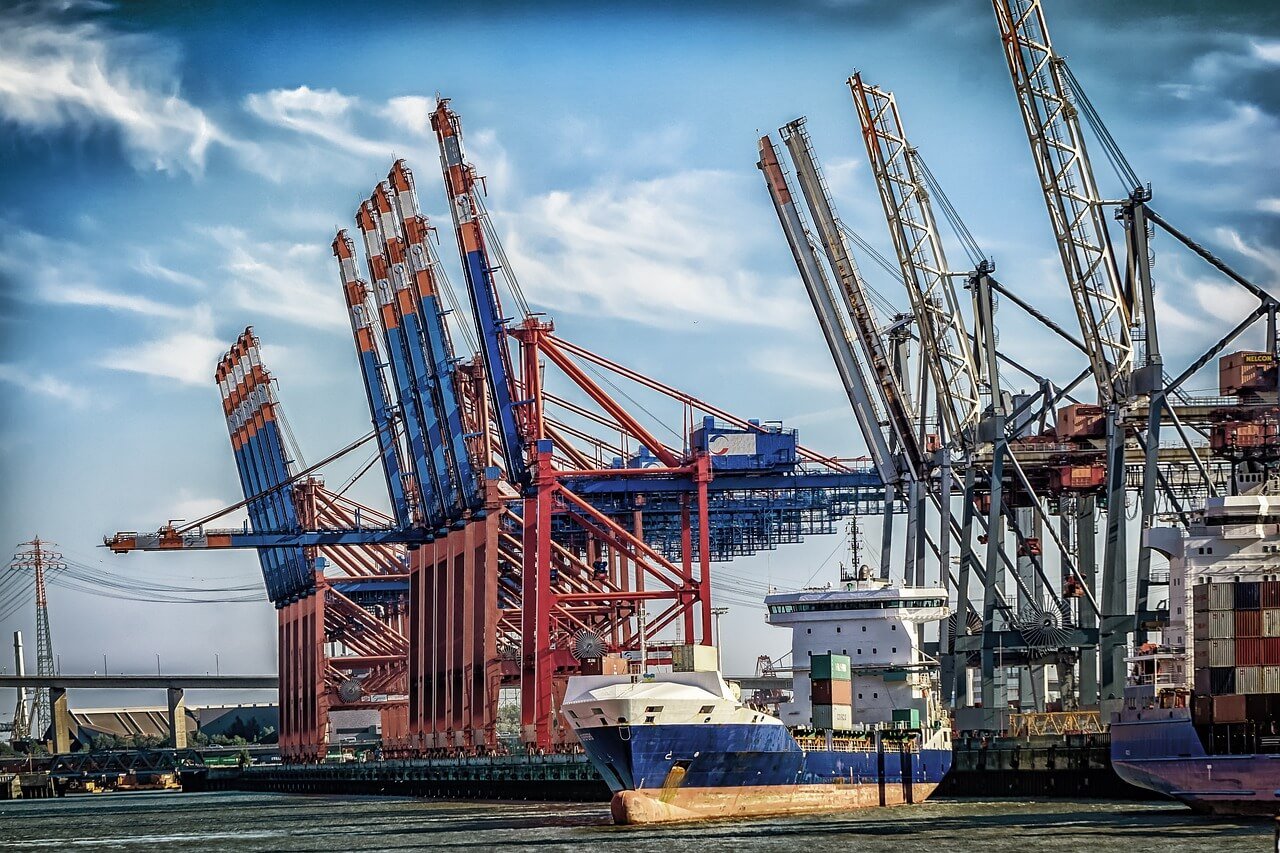
India's trade balance has been a major concern in the fiscal year 2023-24. The country has recorded a trade deficit with nine of its top ten trading partners. This deficit highlights ongoing challenges in balancing exports and imports with key global economies.
Trade Deficit with Key Partners
- China: India's trade deficit with China increased to $85 billion in 2023-24, up from $83.2 billion in the previous fiscal year. China remains India's largest trading partner, with two-way commerce reaching $118.4 billion.
- Russia: The trade deficit with Russia expanded significantly to $57.2 billion, compared to $43 billion in 2022-23. India imports petroleum products, high calorific value coal, and fertilizers from Russia.
- United Arab Emirates (UAE): The trade deficit with the UAE stands at $6.83 billion, primarily due to the import of crude oil and precious metals.
- Korea: The deficit with South Korea reached $14.71 billion, up from $14.57 billion in the previous year. This is despite the Comprehensive Economic Partnership Agreement (CEPA) between the two countries.
- Hong Kong: India’s trade gap with Hong Kong widened to $12.2 billion, compared to $8.38 billion in 2022-23.
- Saudi Arabia: The trade deficit with Saudi Arabia is significant due to heavy imports of crude oil.
- Indonesia: The trade deficit with Indonesia is largely due to the import of edible oil.
- Iraq: India’s trade deficit with Iraq is driven by crude oil imports.
- Singapore: The trade deficit with Singapore is influenced by imports of electronics and other high-value goods.
Trade Surplus with the United States
India managed to maintain a trade surplus with the United States, which is its largest trading partner. The surplus amounted to $19.59 billion in the first seven months of FY 2023-24, driven by exports of services, textiles, and pharmaceuticals. Bilateral trade with the US stood at $118.28 billion, although China has now taken the lead as India's top trading partner.
Notable Trends
- Narrowed Deficits: India has made progress in narrowing its trade deficit with several countries, including the UAE, Saudi Arabia, Russia, Indonesia, and Iraq. This indicates positive steps toward balancing trade relations.
Understanding Trade Deficit
A trade deficit occurs when a country imports more than it exports. While not always detrimental, it can lead to several economic challenges:
- Currency Depreciation: A rising trade deficit can cause the domestic currency to depreciate, making imports more expensive and exacerbating the deficit.
- External Debt: To cover the growing deficit, a country might need to borrow more from foreign lenders, increasing external debt and depleting foreign exchange reserves.
- Economic Instability: A persistent trade deficit signals economic instability to investors, potentially reducing foreign investment.
The Way Forward
To address the trade deficit, India must focus on:
- Boosting Exports: Encourage exports by supporting domestic industries and improving competitiveness. This includes enhancing product quality and supply chain efficiency.
- Managing Imports: Reduce unnecessary imports and ensure efficient currency and debt management. This involves promoting domestic production of goods that are heavily imported.
- Trade Agreements: Leverage Free Trade Agreements (FTAs) to gain better market access for Indian goods and services. India's ongoing negotiations and renegotiations of FTAs aim to create favorable conditions for trade.
- Government Initiatives: Programs like “Make in India” aim to boost domestic manufacturing capabilities, reducing dependency on imports.
Key highlights in a Table
| Country | Trade Deficit (USD Billion) | Major Imports | Major Exports |
|---|---|---|---|
| China | 85.00 | Electronics, machinery, organic chemicals | Organic chemicals, minerals |
| Russia | 57.20 | Petroleum products, coal, fertilizers | Pharmaceuticals, electronics |
| South Korea | 14.71 | Electronics, machinery, automobiles | Textile, machinery |
| Hong Kong | 12.20 | Electronics, gold | Gems, jewelry |
| Saudi Arabia | 12.90 | Crude oil, chemicals | Pharmaceuticals, textiles |
| Indonesia | 26.89 | Edible oil, coal | Chemicals, textiles |
| Iraq | 12.50 | Crude oil | Cereals, machinery |
| Singapore | 21.70 | Electronics, machinery | Chemicals, textiles |
| United Arab Emirates (UAE) | 6.83 | Crude oil, gold, diamonds | Textiles, gems, jewelry |
| United States | -19.59 (Surplus) | Aircraft, machinery, optical/medical instruments | Services, textiles, pharmaceuticals |
Key Highlights:
- India has a trade deficit with 9 out of its top 10 trading partners.
- The largest deficit is with China at $85 billion, followed by Russia at $57.2 billion.
- India has a trade surplus with the United States, amounting to $19.59 billion.
- Efforts to narrow trade deficits with countries like UAE, Saudi Arabia, and Russia have shown some progress.
Notable Trends:
- India's bilateral trade with the United States stood at $118.28 billion.
- China remains the largest trading partner with two-way commerce reaching $118.4 billion.
- Significant deficits with countries importing crude oil and electronics.
India's trade deficit with nine of its top ten trading partners underscores the challenges in achieving a balanced trade relationship. The government’s efforts to boost exports and manage imports are crucial in addressing these trade imbalances.

Hi, I’m Durgesh Nayak, and I hold a Master’s degree in Commerce with over five years of experience in the banking sector. I am certified with JAIIB and CAIIB, which has given me a solid foundation in financial knowledge. For the past four years, I’ve been sharing my passion for finance through writing money and finance blogs.
My goal is to make complex financial topics accessible and actionable, helping you improve your personal finance, investment strategies, and overall financial planning.

